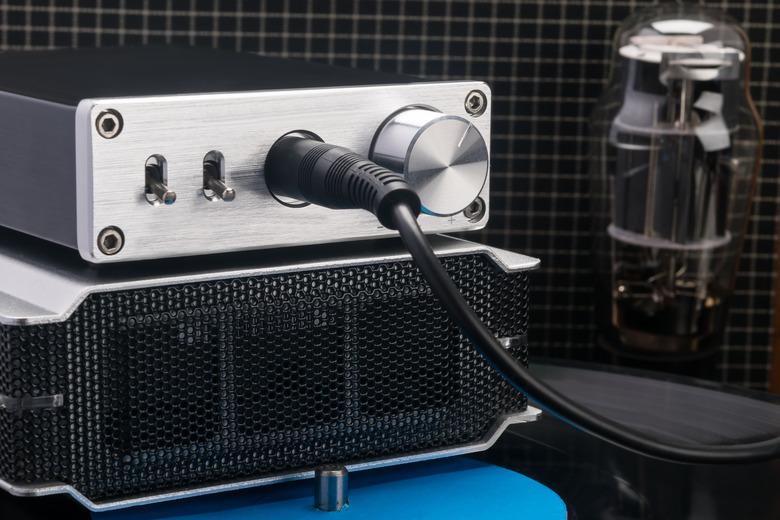History Of The Audio Amplifier
An audio amplifier is a device used to increase the volume of sound with low power so that it can be used in a loudspeaker. It is generally the final step in an audio feedback chain, or the movement of sound from an audio input to an audio output. There are various applications to this technology which include their use in public address systems and concerts. Audio amplifiers can also be of significance for individuals as they are used in sound systems in homes. In fact, the sound cards of personal computers are likely to have audio amplifiers.
Origins
Origins
The first audio amplifier was made in 1906 by a man named Lee De Forest and came in the form of the triode vacuum tube. This particular mechanism evolved from the Audion, which was developed by De Forest. Unlike the triode which has three elements, the Audion only had two and did not amplify sound. Later on during the same year, the triode, a device with the capability of adjusting the movement of electrons from a filament to a plate and thus modulating sound, was invented. It was vital in the invention of the first AM radio.
Vacuum Tubes
Vacuum Tubes
After World War II, there was a surging of technology because of the advancements developed during the war. The earliest kinds of audio amplifiers were made of vacuum tubes or valves. An example of these is the Williamson amplifier, which was introduced in 1946. At the time, this particular device was considered cutting edge and produced higher quality sound compared to other amplifiers available at the time. The market for sound amplifiers was robust and the valve-type devices can be owned at affordable rates. By the 1960s, gramophones and televisions made valve amplifiers quite popular.
Transistors
Transistors
By the 1970s, valve technology was replaced by the silicon transistor. Although valves were not completely wiped out as evidenced by the popularity of the cathode ray tubes, which was used for amplifier applications, silicon transistors became more and more present. Transistors amplify sound by changing the voltage of the audio input through the use of semiconductors. The reasons for the preference of transistors over valves were that they were smaller and thus more energy-efficient. In addition to these, they're also better at reducing distortion levels and were cheaper to make.
Solid State
Solid State
Most audio amplifiers in use today are considered to be solid state transistors. An example of this is the bipolar junction transistor, which is has three elements made out of semiconductor materials. Another kind of amplifier used in recent years is the MOSFET or the metal oxide semiconductor field effect transistor. Invented by Julius Edgar Lilienfeld, it was first conceptualized in 1925 and has both digital and analog circuit applications.
Developments
Developments
Although solid state amplifiers offered convenience and efficiency, they still could not produce the quality of those made of valves. In 1872, Matti Otala discovered the reason behind this: intermodulation distortion (TIM). This particular kind of distortion was caused by the fast increase of voltage in the audio output device. Further research remedied this problem and thus resulted in amplifiers that cancel out the TIM.
Cite This Article
MLA
Favors, Paul. "History Of The Audio Amplifier" sciencing.com, https://www.sciencing.com/about-4899502-history-audio-amplifier/. 9 April 2009.
APA
Favors, Paul. (2009, April 9). History Of The Audio Amplifier. sciencing.com. Retrieved from https://www.sciencing.com/about-4899502-history-audio-amplifier/
Chicago
Favors, Paul. History Of The Audio Amplifier last modified March 24, 2022. https://www.sciencing.com/about-4899502-history-audio-amplifier/
